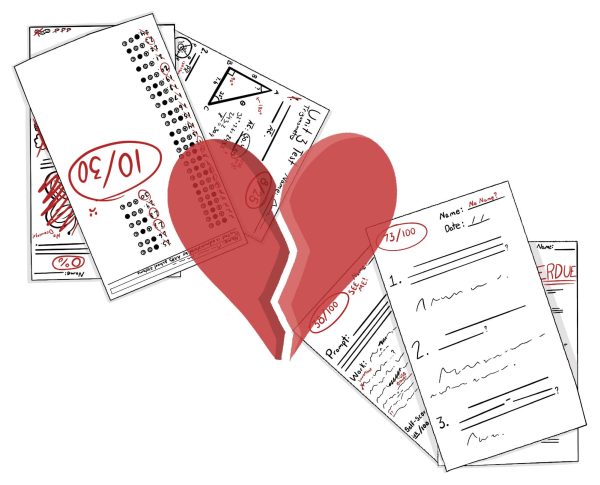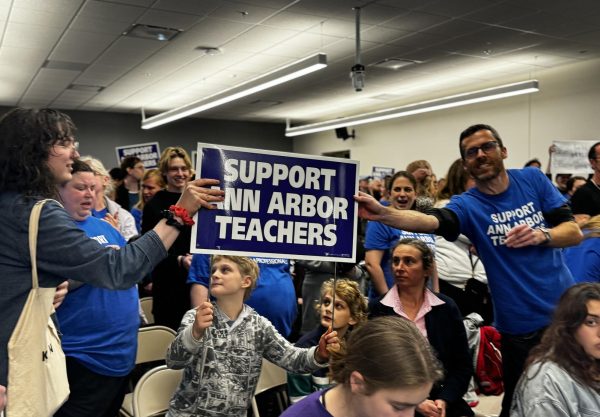Staff Editorial: Save the Lakes
The Great Lakes are not just beautiful, they are a priceless resource. Home to 20 percent of the world’s surface freshwater and 95 percent of the U.S.’s surface freshwater, the Great Lakes serve as a source of drinking water for thousands, and also provide food and nesting for many indigenous organisms. Three-thousand five-hundred species of plants and animals, including more than 200 globally rare species and 46 species found nowhere else in the world call the Great Lakes home.
Furthermore, the Great Lakes support fish and wildlife populations and the diverse habitats of the basin provide numerous critical ecological services, including water filtration and storage, flood control, nutrient cycling and carbon storage.
More than 60 million people visit the many parks lining the shores each year, spending hundreds of millions of dollars in the region: stimulating the local economy. Moreover, the Great Lakes support fisheries valued at more than seven billion dollars annually.
But there is a threat posed against this natural beauty and thriving economy: Enbridge Line 5.
The oil pipeline, built in 1953, was meant to last for only 50 years: in 2015, it celebrated its 62nd birthday. It is the U.S.’s portion of the world’s longest petroleum carrying pipeline. Line 5 runs directly underneath the Straits of Mackinac.
The pipeline is a danger to the Great Lakes and all living things around it. As far as science has progressed, no organism can ingest oil without serious consequences. It must be decommissioned.
If a spill were to happen, it could easily prove fatal to the thousands of species which inhabit the Great Lakes, and devastating for the people who depend on the lake for water and their livelihoods.
As the seasons change, the threat of a spill becomes more perilous. In winter the Straits freeze over. Two years ago, 90 percent of the Great Lakes froze. It does not take much to imagine the catastrophe that would ensue if the pipeline ruptured in winter, as accessibility would be severely limited. Keep in mind, Enbridge’s 2010 spill in Kalamazoo, the largest on-land oil spill in U.S. history, was only leaking for 17 hours. Stopping a spill in winter could likely take much longer than that.
As is evident, the pipeline must be relegated to the past and decommissioned. It poses a huge potential threat to the Great Lakes system: a threat we cannot afford to ignore.



















Darren • Feb 5, 2016 at 3:12 pm
Please get your facts straight. The line was meant to last a minimum of 50 years, but through proper maintenance can last much longer. Secondly, stopping a spill is done remotely and has nothing to do with accessibility and can be accomplished in minutes. Cleanup, however, is another story.